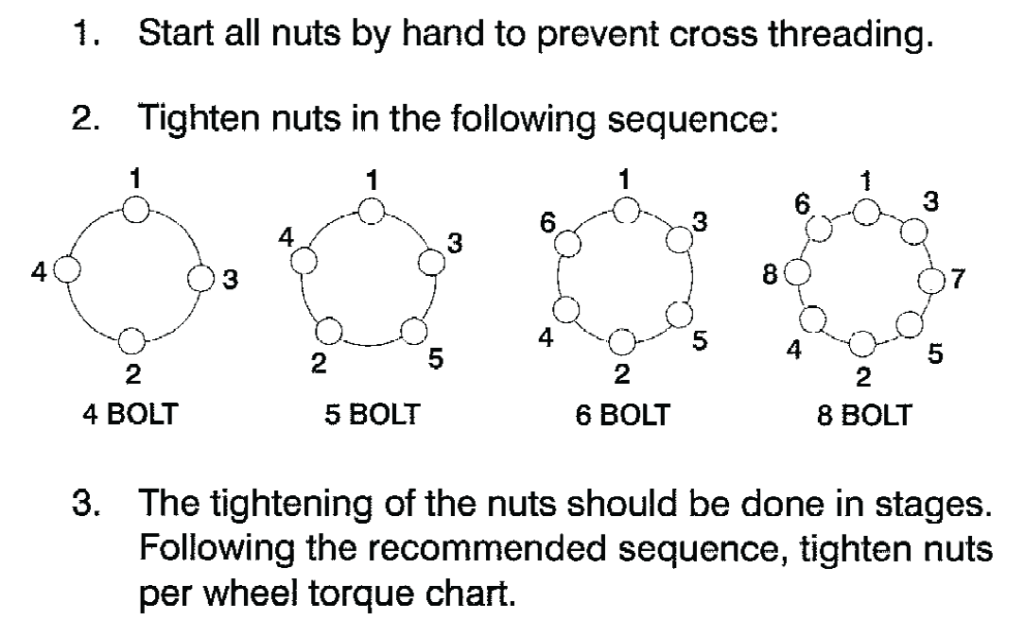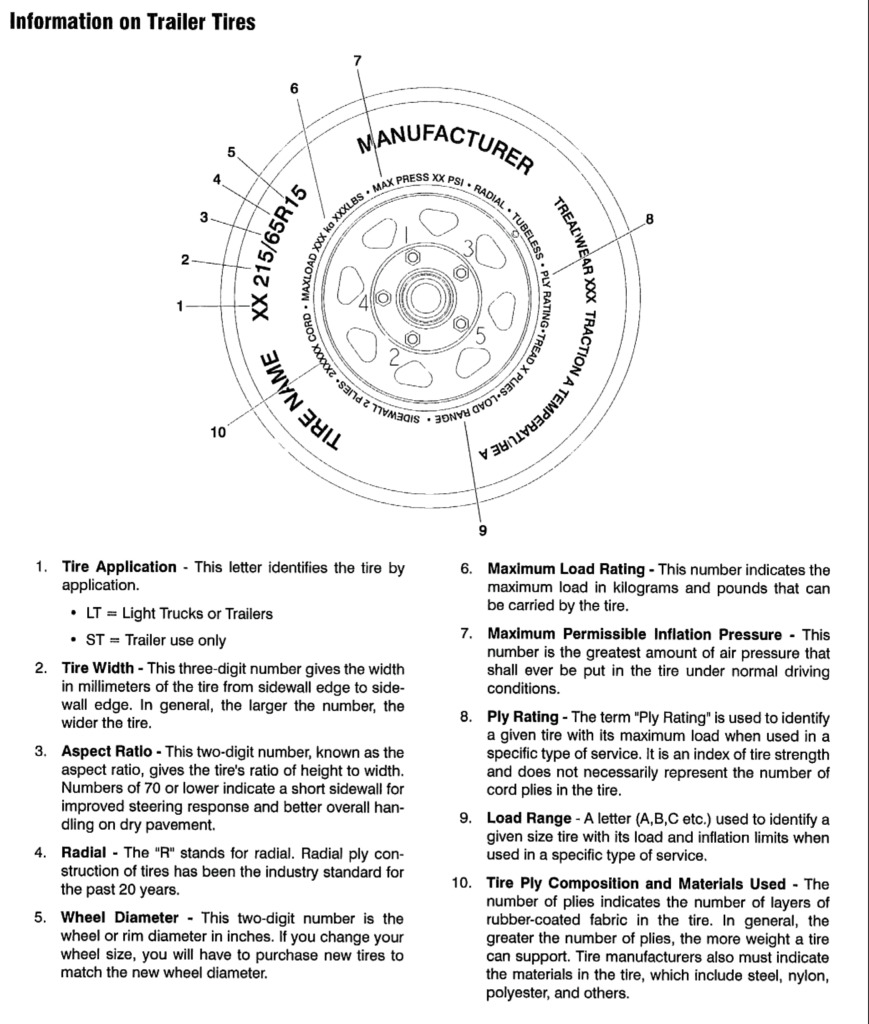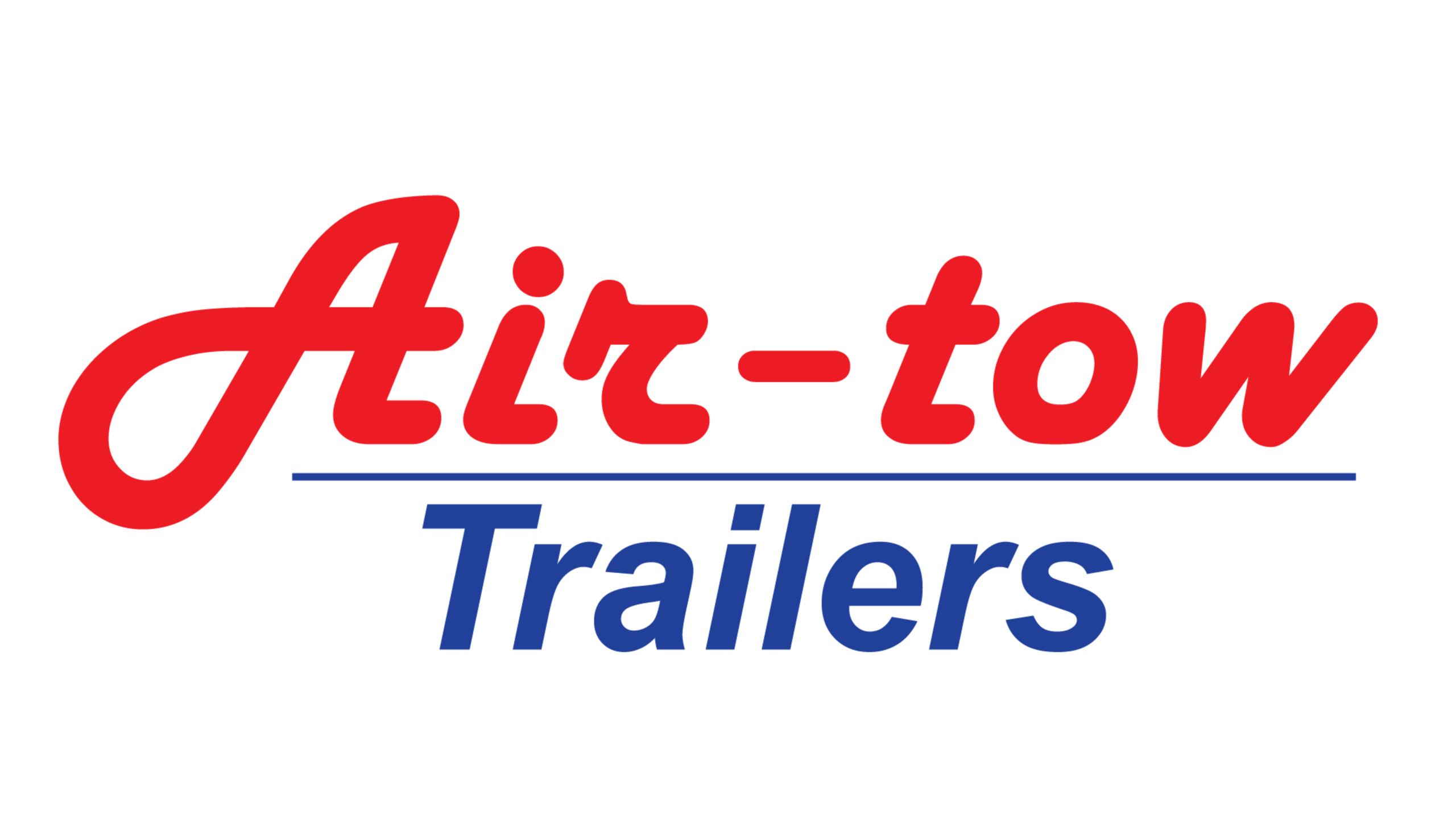Air-tow Trailer Maintenance Tips and FAQ
- May 2, 2024
- Manufacturing, Production
- Posted by admin
- Leave your thoughts
It’s important to frequently inspect and service your trailer to maintain its quality and longevity. A recommended maintenance schedule is provided on page 35 of the Air-tow Trailer owner’s manual. Refer to this chart to understand the frequency of services for each aspect of your trailer. Click here to request an Air-tow Trailer owner’s manual. If you are unsure how to perform any maintenance services, contact your local Air-tow dealer for assistance. Read more for Air-tow Trailer maintenance tips and FAQ.
Tires
Proper tire pressure: Maintain the correct pressure to avoid premature wear and ensure optimal performance. Over-inflation can cause center wear, while under-inflation leads to edge wear. Check your tire pressure regularly.
Wheel Balance: Ensure proper wheel balance to prevent cupping wear patterns. Incorrect toe-in can cause toe wear, indicating the need for alignment.
Avoid Overloading: Be sure your load does not exceed the axle rating to prevent side wear.
Avoid sudden stops: Harsh braking can result in flat spots on tires.
Here is a helpful chart to understand tire wear:

Lugs
Proper Torque: Lug nuts must be installed and maintained at the proper torque to prevent loose wheels, broken studs, and possible dangerous wheel separation from the axle. Be sure to use only the nuts that match the cone angle of the wheel.
Fastening Procedure: Use a torque wrench to tighten the fasteners. If you do not own one, tighten the fasteners with a lug wrench as much as possible, then have a service garage or dealer tighten the lug nuts to proper torque. Over-tightening will result in breaking the studs or permanently deforming the mounting stud holes in the wheels. The proper procedure for attaching wheels is as follows:


Brakes
- Jack up the trailer.
- Be sure the wheel and brake drum rotate freely.
- With a screwdriver or standard adjusting tool, rotate the starwheel of the adjuster assembly through the backing plate to expand the brake shoes. Adjust the brake shoes out until the pressure of the linings against the drum produces a slight drag.
- Repeat the above procedure on all brakes.
- Lower the trailer to the ground.
Bearings
Service every 6 months or 6,000 miles. Be sure to use bearing grease only. This grease is formulated specially to lubricate wheel bearings, which turn at high speed. In addition, grease for wheel bearings will tolerate the heat created by your brake, which works by friction. That heat can be transmitted to your wheel bearing. This grease can also be used for general-purpose lubrication.
Axles
Use LMX Red Grease: This heavy-duty, premium grease is for the toughest lubricating jobs on the heaviest equipment. It performs better under higher pressures and temperatures than standard multi-purpose grease and resists water better. Because it resists water and sticks in place so well, this grease will also work on external parts exposed to the weather.
Use Dextron 3 ATF Hydraulic Fluid: It’s important to check and fill the fluid when the trailer deck is lowered. Checking and filling in the “up” position will cause the fluid to overflow when lowering when lowering the deck. The fluid should be filled to 1” below the cap.
User Manual and Trailer Warranty
Read the User Manual: Refer to the Air-tow Trailer owner’s manual for detailed maintenance instructions and guidelines. It’s essential to read and understand the manual thoroughly.
Register your trailer for Warranty: All Air-tow Trailers have a 12-month warranty covering manufacturer defects. To register your trailer for warranty, please complete the form here or contact warranty@airtow.com.
FAQ:
Q: What are the torque specs:
A: The torque specs are how many foot pounds the lug nuts and castle nuts are frightened to. The castle nuts for the wheel hub and the pivot hub are 55 ft-lbs. The lug nuts are 100-110 ft-lbs for all current trailer models except for the T16-14 and the UT16-14. The lug nuts for the 14,000 lbs. capacity models are 140-150 ft-lbs.
Q: What hydraulic fluid should I use?
A: Dextron 3 ATF
Q: What are my tire dimensions?
A: See the Information On Trailer Tires chart.
Q: How do I align my tires?
A: The camber is built into the design of the trailer. To adjust the tow-in, take a straight edge across the face of the tires. If either side of the tire is more than 1/8″ away from the straight edge, shims must be placed between the pivot hub and chassis to move the tire into the appropriate position. View the document for more details.


